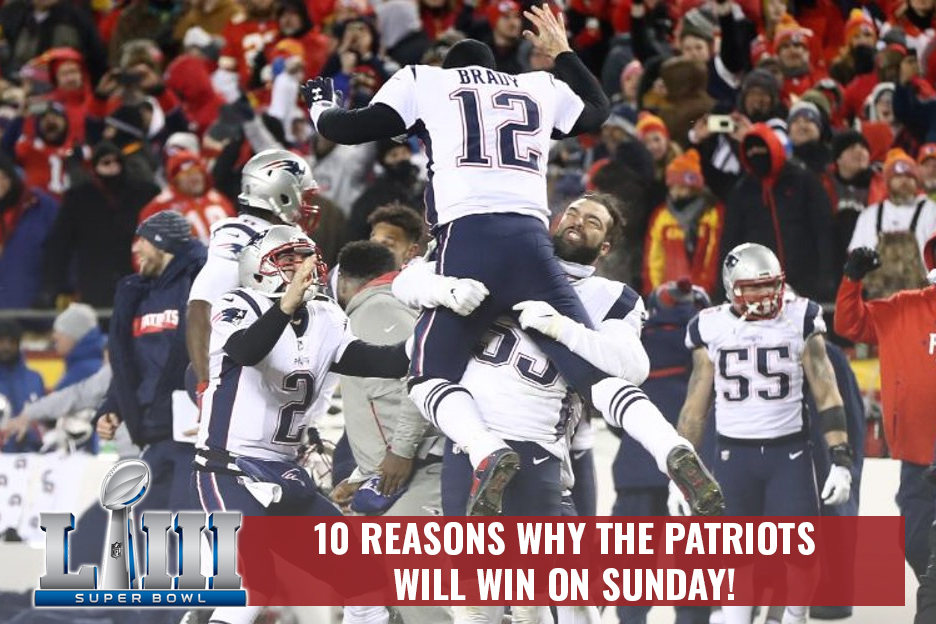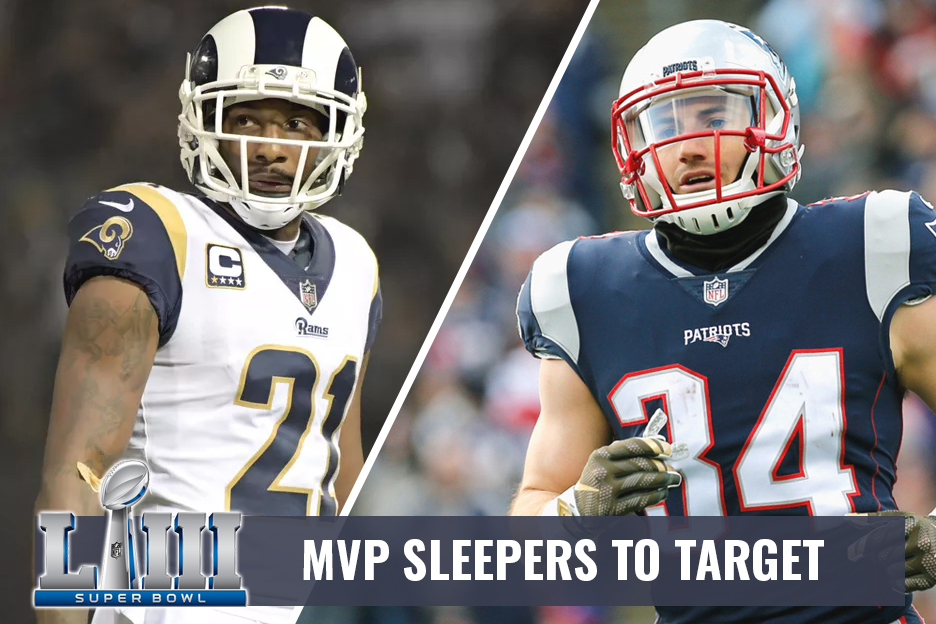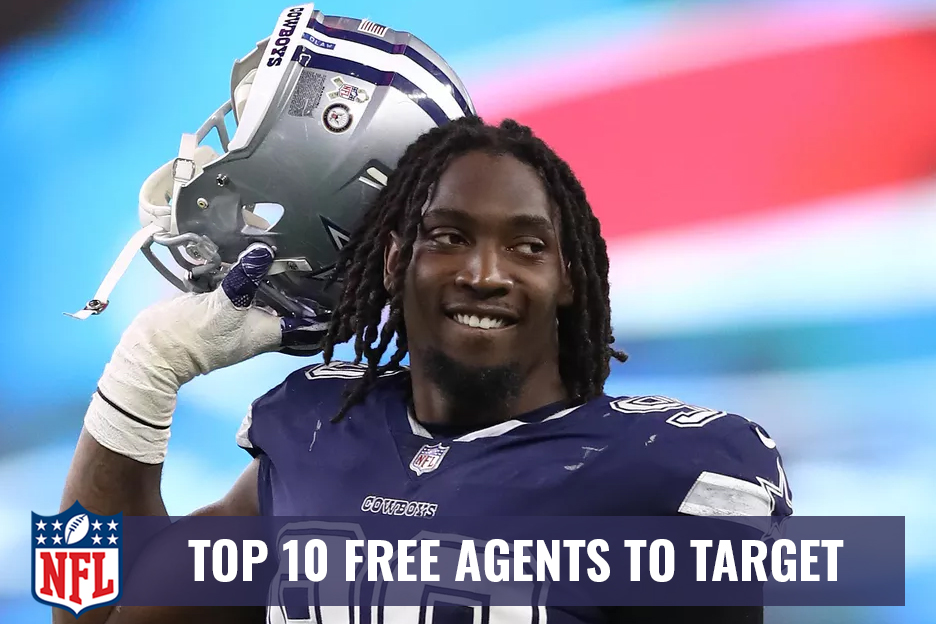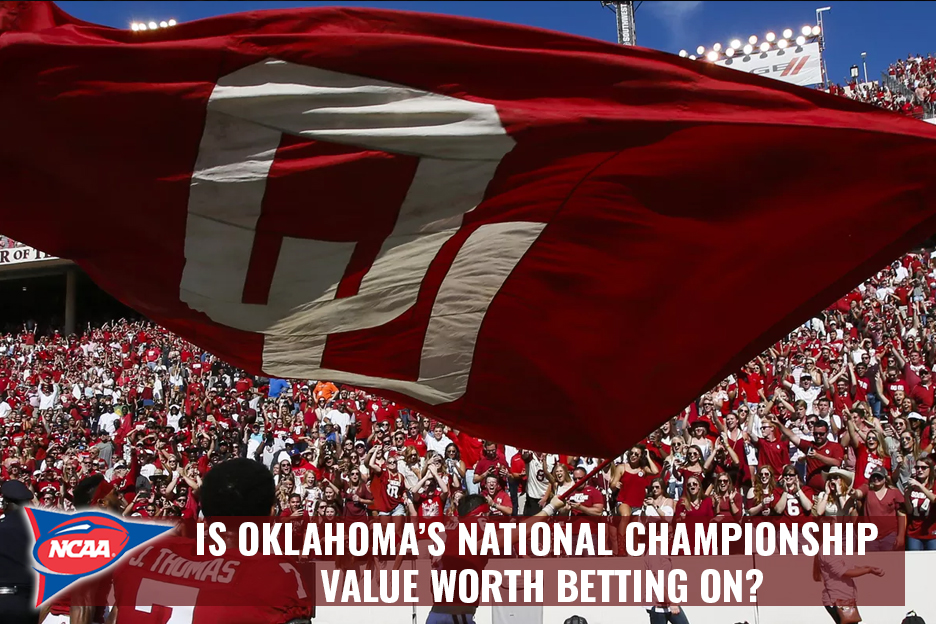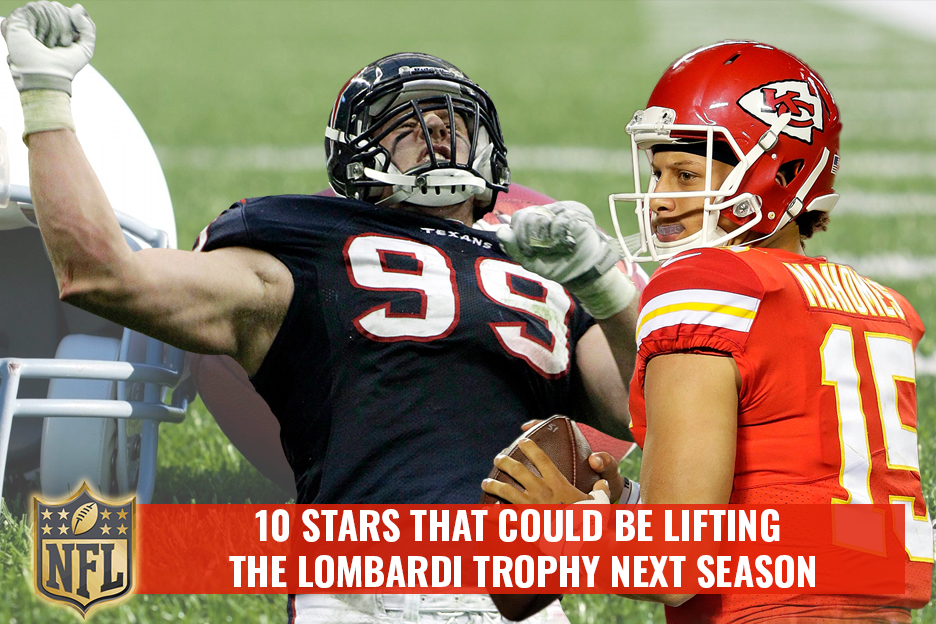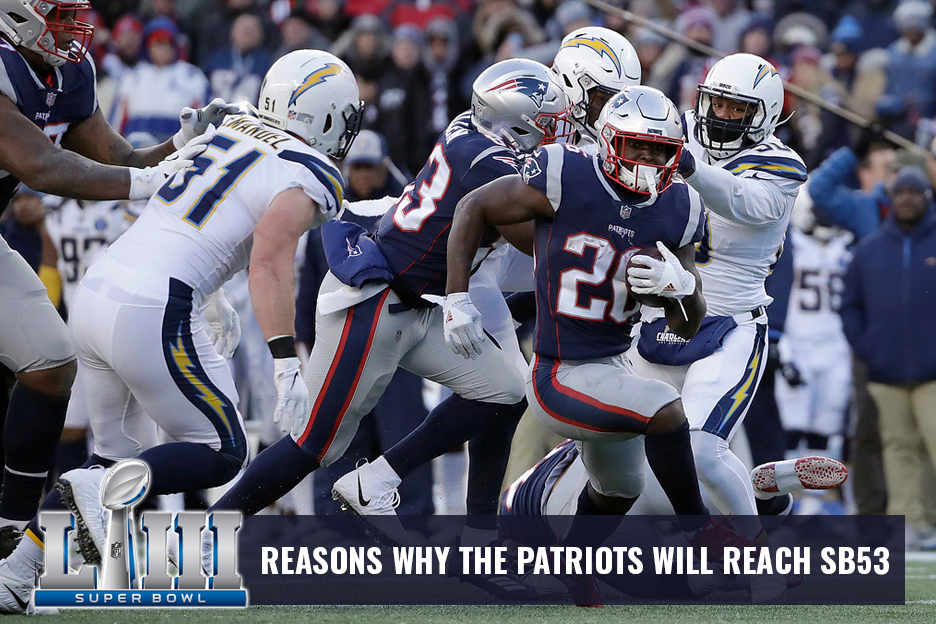

Posted in: General

During any short time frame, anyone can get lucky and win at sports betting. Winning at sports betting in the long run, though, requires tremendous amounts of skill. It’s not something just anyone can pull off.
In fact, I’d estimate that most regular sports bettors are long-term losers. The net winners in the long run probably amount to fewer than 5% of the sports bettors engaged in the activity. Such bettors, by the way, are called “sharps.”
If you’re reading this post, you want to know how to win at sports betting. In other words, you want me to teach you how to be a sharp.
It’s possible.
In fact, when it comes to advantage gambling, sports betting is one of the few activities where you can get a consistent edge. Most people think of card counters in blackjack when they think of advantage players. Some people think of pro poker players, too.
But winning sports bettors are probably the most profitable advantage players in the business.
The trick is overcoming the vig (or juice) that the bookmakers charge in exchange for taking your bets. Most bookmakers want you to bet $110 to win $100, although you can find some who will only ask you to risk $105 to win $100. They set the point spreads up so that you have a 50% chance of winning and a 50% chance of losing.
Since you lose more when you lose than you win when you win, you’re operating at a disadvantage. In fact, that disadvantage is easily calculated. It’s 4.55% if you’re risking $110, or 2.38% if you’re risking $105. That’s the equivalent of the house edge in casino gambling.
The way to overcome that edge is to pick the winning team more than 50% of the time—considerably more often, in fact. Just to break even, you need to pick the winner 52% to 53% of the time. You only start showing a positive return on investment (ROI) when you start winning 54% of the time. Even the best handicappers, by the way, win less than 60%of the time.
But 60% of the time is more than enough to make a healthy profit. In fact, you can make PLENTY of money being right 55% of the time.
That’s not all that’s required, though. You need a bankroll and the willpower to manage it correctly. You also need the knowledge to choose +EV bets. (“+EV” stands for “positive expected value. “-EV” stands for “negative expected value.”)
Below, I’ll introduce all the concepts you need to understand to become a winning sports bettor. Most of those concepts will require additional work on your part to master. This is just a blog post, after all, it’s not a book about how to win at sports betting.
The 1st step in becoming a consistent winner at sports betting is to put together a bankroll. Your sports betting bankroll must consist of money you’ve set aside specifically for that purpose. You can’t use your rent or grocery money to bet on sports. You also can’t use your sports betting bankroll to buy groceries or pay the rent.
Scared money always loses, so if you’re playing with money you need for other things in life, you’ve lost before you’ve even gotten started. Even the best sports bettors have bad weeks. If you bet the rent money on a “sure thing,” you might find yourself homeless.
For many sports bettors, accumulating a bankroll might take weeks, months, or even a year or more. It depends on what kind of stakes you want to play for.
The next aspect of managing a sports betting bankroll is sizing your bets appropriately. If you put too much of your bankroll in action on a single bet, you could suffer some bad luck and cripple yourself. You could even go broke.
If you bet on the Cowboys when they have a 60% chance of winning (in your estimation) you stand to make a nice profit. But if you bet everything you have, that 40% chance of losing means you’re out of the game until you can accumulate a new bankroll.
This means if you want to bet $100 per game, you need a bankroll of at least $2000.
But $10,000 is better.
The higher your bets are in relation to your bankroll, the likelier you are to face the risk of ruin—going broke because of variance or bad luck.
Of course, if you can’t pick winners most of the time, it doesn’t matter. You’ll go broke eventually anyway.
The “vig” is short for “vigorish.” Some bettors also call it “the juice.” I explained it in general terms in the introduction to this post, but it’s important enough to warrant a more thorough explanation.
The easiest way to explain the vig is to look at how the sportsbook handles a straight bet with a 50% chance of winning. They normally require you to risk $110 or $105 to win $100. You don’t have to make bets in increments of $110 or $105 by the way—you just need to use that ratio. You could just as easily bet $55 to win $50, or $52.50 to win $50.
But since the oddsmakers at the sportsbooks set the point spreads to where you have a 50% chance of winning, it’s obvious why they would make a profit in this situation. If you place 100 bets and win 50% of them and lose 50% of them, but you lose more money when you lose, you’re obviously going to show a net loss.
You wouldn’t blame a sportsbook for wanting to get equal amounts of action on either side of an event. They’re guaranteed a profit that way. The losers pay off the winners, and the extra is just gravy—or juice.
Your goal is to pay as little vig as possible. The difference between -120, -110, and -105 is huge. Here’s the percentage of bets you need to win to break even at each of those levels:
Any time you get a chance to pay a lower vig, you should take it. Every percentage point beyond the win percentage listed above represents more potential profit for you.
Expected value is the amount you stand to win multiplied by the probability of winning MINUS the amount you stand to lose multiplied by the probability of losing.
If you’re betting on a standard point spread bet in football, and you’re risking $110 to win $100, and you figure that your actual probability of winning is 50%, then the expected value of that bet is negative.
(50% X $100) – (50% X $110) = -$5
This means that if you make this bet repeatedly over the long term, you’ll lose money. It’s a bet with negative expected value (“-EV”).
But let’s suppose you find a bet where you estimate that you have a 60% chance of winning by betting on the underdog to cover the spread. Now the calculation looks like this:
You know that bookmakers employ oddsmakers to set the betting lines and point spreads in a way that the bookmaker gets the best of it. They almost always have more information at their disposal than you do, too. And they’re probably just plain better at handicapping games.
But they’re still not always right.
And even if they are right when they put together the initial line, the bookmakers will adjust the line if they get too much action on one side of an event. They do this to stimulate action on the other side of the event.
If the initial point spread were correct and offered a 50% probability of winning, then it follows that the adjusted point spread offers different probabilities.
This is one of the ways that successful sports bettors find +EV bets. They follow line movements and take advantage of them when they can. That’s only one way, though.
You can learn a lot about sports betting on the internet, but if you’re serious about it, you should study some books, too. Not all books are worth your time, though. Avoid anything by John Patrick, for example. He’s a proponent of all kinds of looney money management systems and betting schemes.
Sharp Sports Betting by Stanford Wong is essential reading for anyone interested in making a profit betting on sports. The Smart Money: How the World’s Best Sports Bettors Beat the Bookies Out of Millions by Michael Konik is also essential reading, although it’s not a “how to” book.
You’ll find much of value in How to Make $100,000 a Year Gambling for a Living by David Sklansky and Mason Malmuth. The book covers multiple subjects other than sports betting, but the information on sports betting in the book is essential.
Mathletics: How Gamblers, Managers, and Sports Enthusiasts Use Mathematics in Baseball, Basketball, and Football by Wayne Winston is also worth your time. It’s not specifically about sports betting, but it covers multiple concepts that will make you a better bettor.
I wrote earlier about expected value and its implications. When I talk about “finding value,” I just mean finding bets with a positive expectation (+EV bets).
Different bettors have different approaches to finding value. Some sports bettors focus on underdogs, as the public tends to prefer to bet on favorites. Sometimes the books give the underdogs too many points to stimulate action on that side of the event.
Some sports bettors watch where the public money is bet closely. Usually, betting against the public is a good strategy for finding value.
Some of the bigger sharps have computer software that predicts outcomes of sporting events. This software can help them identify high-value betting opportunities.
Also, some sports bettors do a lot of backtesting for their strategies. Such backtesting has limited usefulness. Conditions in a sport change over time, so knowing that the home underdog has covered the point spread in football 55% of the time over the last 10 years might or might not be useful. For one thing, the bookmakers might be taking that statistic into account now, too.
There’s an old saying in business management:
This is true of sports betting, too. In fact, if you think about it, if you’re betting on sports as an advantage gambler—with the aim of achieving a positive return on your investment, it’s very much like a business. In fact, it’s an investment opportunity, and the sports book is the market place where you buy and sell your investments.
It’s hard to imagine any kind of investor expecting to have much success without measuring his results against other investment opportunities.
For most gamblers, I suggest that they can use any kind of tool they want for this purpose—even a spiral bound notebook and a pen or a pencil. For sports bettors, I think something more serious is in order. I suggest an Excel spreadsheet at the very least.
You should record everything you can think of—which games you bet on, how much you bet on each of them, did you win or lose, how much did you win or lose, and what kind of return on investment are you seeing on your gambling activities. Obviously, you want to keep up with your win ratio based on sports, too. You might learn that you’re great at handicapping professional football, but you’re lousy at handicapping college football.
The goal is to measure your performance as closely as you can so that you can ascertain your strengths and weaknesses. You should do everything you can to shore up your weaknesses. And you should take advantage of your strengths as best you can, too.
One of my business mentors explained to me once that that man who chases 2 rabbits catches neither. It was a point about the power of focus and of having a single goal. If you set multiple goals, you’re chasing 2 rabbits. You’ll likely achieve neither goal.
If you want to become an expert in sports betting, start by becoming an expert in betting on a single sport. I suggest choosing the sport you most enjoy watching on television or in person. It’s easier to develop expertise in a sport you enjoy being a fan of.
Even if it’s a sport you’re already a fan of, you have much to learn. If you want to make a profit betting on a sport, you absolutely must become an expert on that sport. They say it takes 10,000 hours to master a skill. Start putting that time in on a single sport before moving on to a 2nd or 3rd sport.
You can win at sports betting. People do it every day. Some of them are just getting lucky in the short run.
You’re probably more interested in winning at sports betting in the long run, though.
There’s no easy path or shortcut to success as a sports bettor. You have to put in the effort into learning how to do it. It’s not rocket surgery, though. If you’re willing to make the effort, you can do it.
